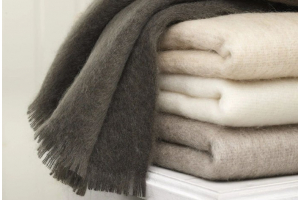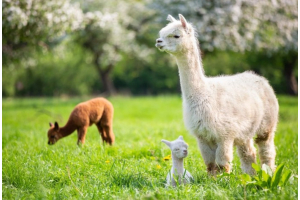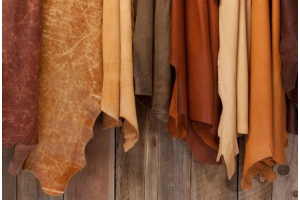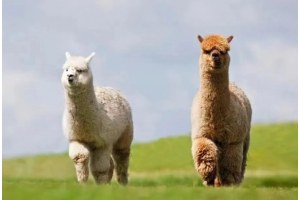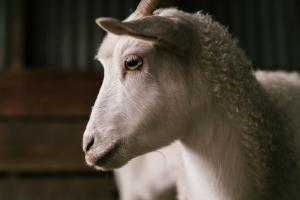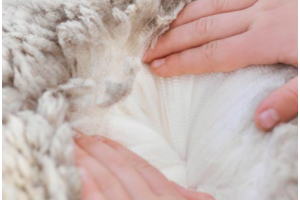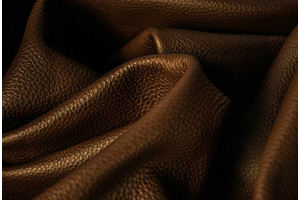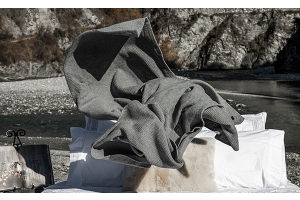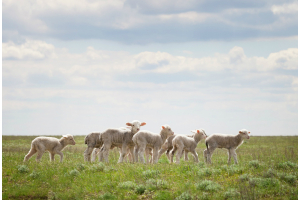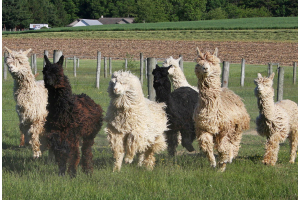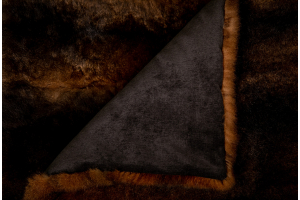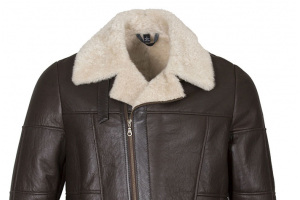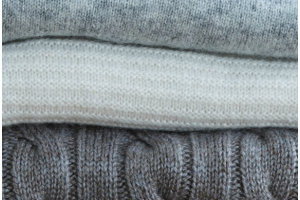We use cookies to ensure that we give the best experience on our website. Click here for more information
Alpaca Wool Is Ethical and Eco-Friendly

Alpaca wool is the natural fiber harvested from alpaca. There are two different types of alpaca wool. The most common type of wool comes from the Huacaya. The second type of alpaca is Suri, which accounts for less than 10% of the alpaca population.
Alpaca wool is one of the most ethical products available today, completely environmentally friendly and cruelty-free at the same time
Alpaca wool characteristics
Alpaca wool comes in 22 colors, including white, black, and a range of brown and gray.
Alpaca wool is soft and delicate, with a good luster and drape.
Alpaca wool generally grows 8-12 inches in length.
Alpaca wool has no lanolin, which makes it hypoallergenic and more sustainable to process.
Like wool, alpaca fiber is water repellent.
Alpaca is not as pill-like as wool, and the wearer does not feel itchy.
Ethical Alpaca
No harm: Alpacas are trimmed once a year, providing a valuable source of income for herders, and it can also avoid overheating by removing fleece before the hot summer arrives. In the process of shearing, it will not harm the alpaca.
Very social: Alpacas are very social animals, gentle and curious, even if they are raised together, will not affect their physical and mental health.
Historically, cashmere has been a luxury fibre that only the rich and influential can afford. It is said that Napoleon gifted his wife with several cashmere scarves. Many European nobleman also use cashmere products as status symbols.
Light footprint: They eat mainly grass and sometimes leaves wood and bark. Unlike other grazers, alpacas do not destroy natural vegetation, and they eat much less. One alpaca will consume 1.5% of their body weight every day. As a result, you can raise more alpaca on the same amount of land.
Low impact: Their soft padded feet are gentle on the terrain and graze without damaging the root systems.
Adaptability: Alpaca wool is very thin and light. It does not retain water, is adiabatic even when wet, and is effective against solar radiation. They are strong, usually living in very harsh climates, and seem to easily adapt to most climates, altitudes, and conditions.




